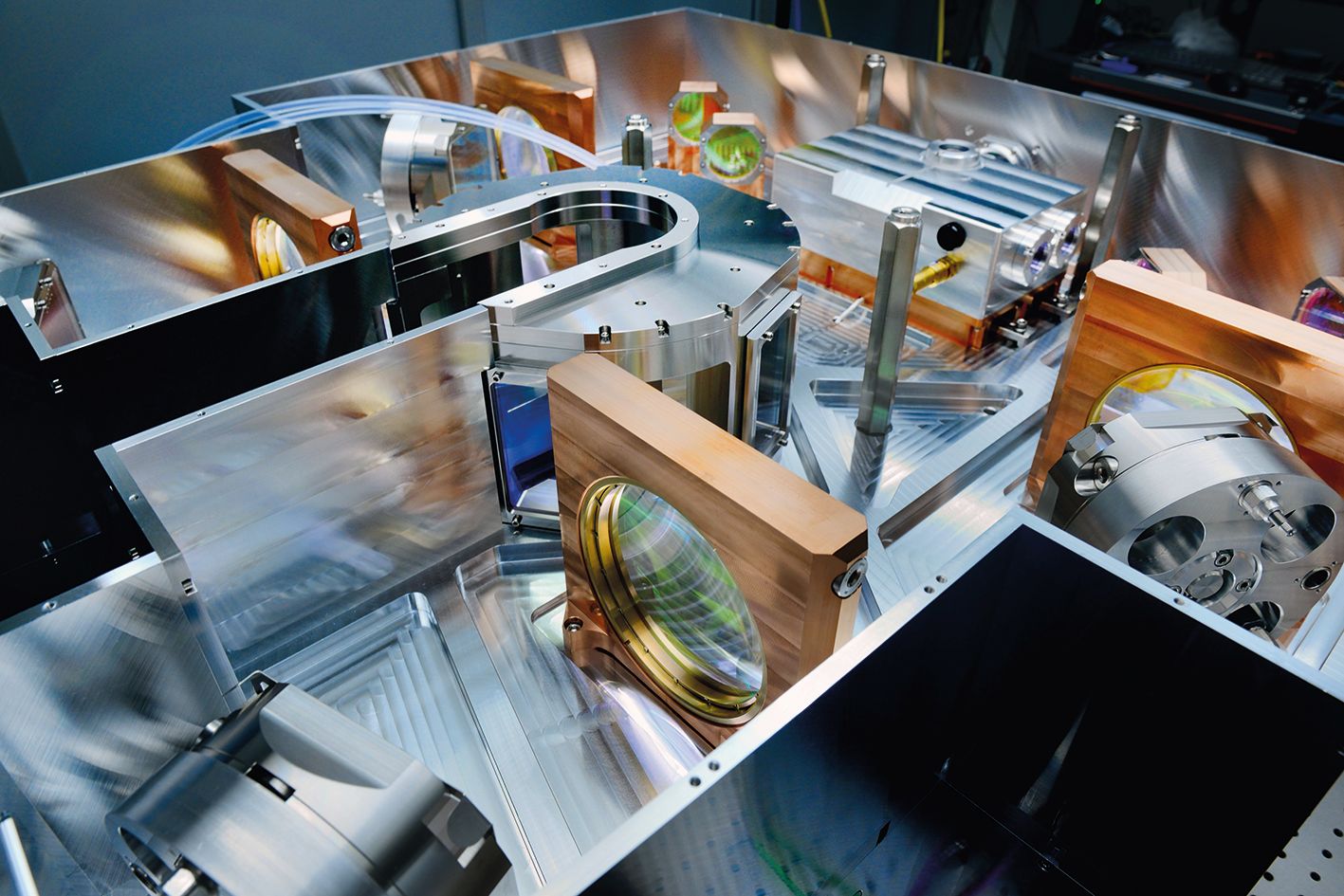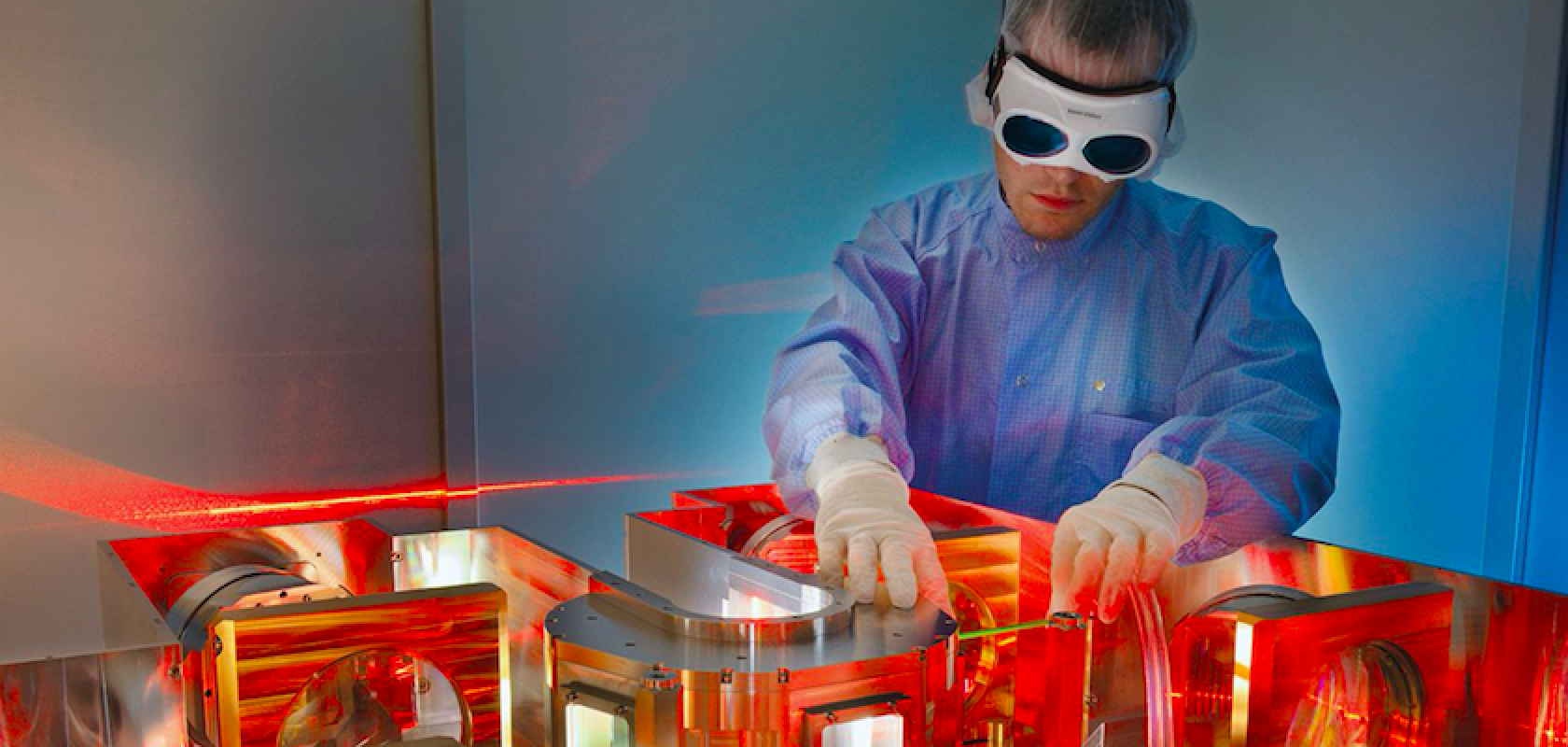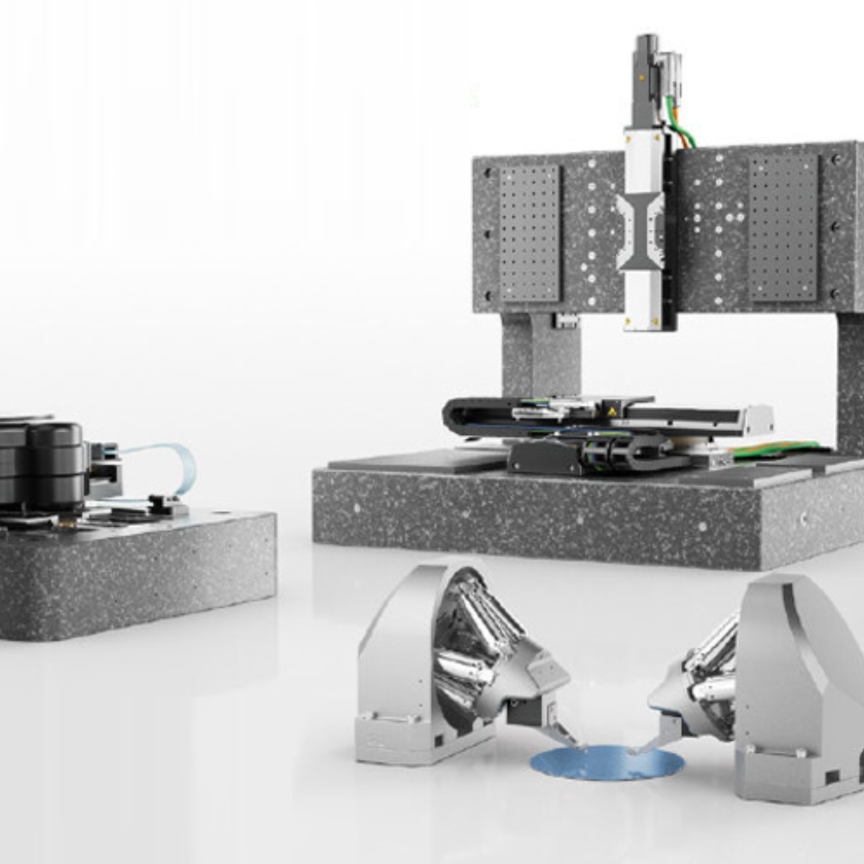Researchers from Japan and Germany have collaborated on a new method to produce high-purity semiconductor crystals, crucial for applications in electric cars and photovoltaics.
These crystals have an unprecedented diameter of two inches or more, and were achieved using a laser-based process without the need for a crucible. Such crystals are key for modern electrical engineering and high-power, quick-switching electronics which rely on wide-bandgap semiconductors, such as gallium oxide, a component of the crystal.
How were the crystals created?
The team at the Fraunhofer Institute for Laser Technology ILT in Aachen utilised a laser-diode floating zone (LDFZ) process, supporting the growth of gallium oxide crystals without the limitations of crucible-based methods.
Previously, crucible-based methods such as the Czochralski and the edge-defined film-fed growth methods have been used to produce gallium oxide crystals, though these approaches limit crystal purity.

The LDFZ approach allowed researchers to develop semiconductor crystal with improved purity (Image: Fraunhofer Institute for Laser Technology ILT)
For this reason, the German-Japanese researchers harnessed radiation instead of a crucible for heat input, allowing the team to transform polycrystalline into a high-purity single crystal. The laser's directional and stable emission, combined with an optimisable beam profile, enabled precise and efficient heating.
The collaborative effort also involved Fraunhofer ILT developing a water-cooled high-performance optical system for the LDFZ process, supporting laser powers exceeding 5kW.
The system was successfully commissioned via video conference, marking a novel approach in research collaboration. Commenting on the approach, Dr. Martin Traub said: "Commissioning via video conference was a real novelty, but it worked well. The test phase was successful and the system was operated reliably until the planned end of the project."
The team will further investigate the process and test its ability to produce optical crystals, broadening the potential applications of this innovative technology.


